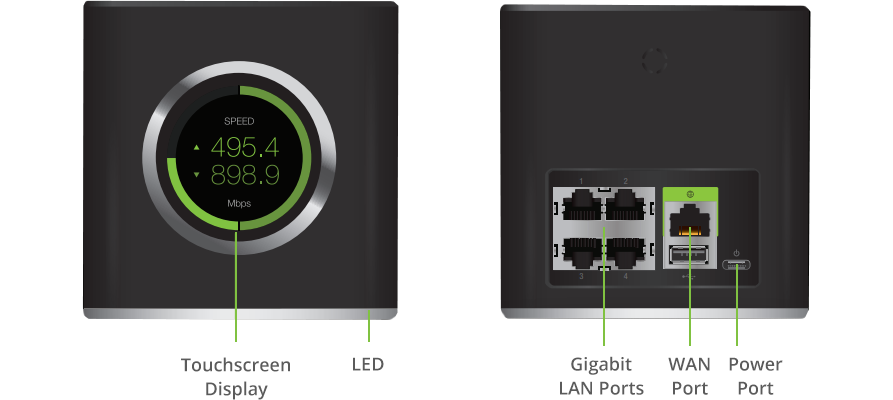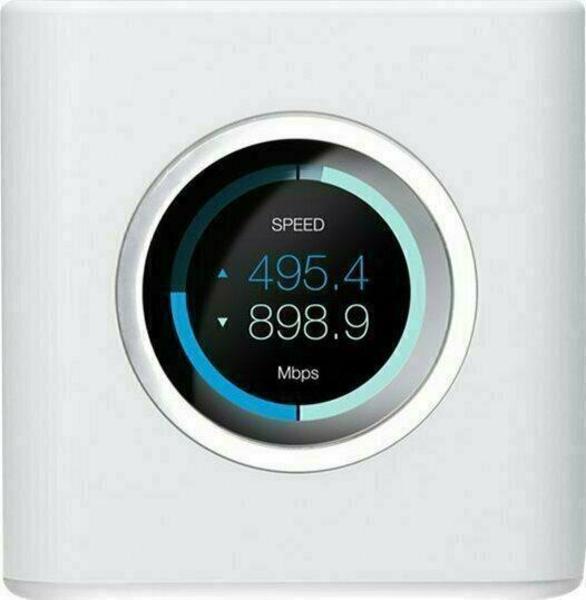

However, the $199 Standard feels like a solid value proposition for most folks. The main draws for buying the more expensive Amplifi models are range and speed if you’re doing a ton of streaming to lots of devices (like if you’ve got a family of a half-dozen Netflix watchers) the lack of 802.11ac on the mesh points for the Standard and LR might be enough to push you up the stack. With three models and a price range from $199 to $349, the Amplifi gear is priced aggressively against Eero ($499 for a three-device starter pack) and others (Apple, for example, charges $199 for an Airport Extreme and then $99 per Airport Express for mesh-like extension). Advertisementįurther Reading Review: Ubiquiti UniFi made me realize how terrible consumer Wi-Fi gear isĪmplifi systems go on sale today in North America (international availability is still to come). However, this isn’t going to be a problem for the vast majority of users, so it’s hard to count it as a real downside. The one big frustration I had was not being able to turn off DHCP with the device in router mode, which meant I had to disable my own off-box DHCP server to avoid DHCP conflicts while tinkering.
#Amplifi hd mesh router review android#
Power users might be turned off by the fact that the Web interface is very basic and almost all management needs to be done via an iOS or Android app on the other hand, the Amplifi kit supports ssh access out of the box (via LAN or WLAN, not the WAN side) and if you prefer to sysadmin from the command line, it looks like there’s some stuff for you to play with there without having to use the app. And, if you already have a router you're happy with, it can function as a pure Wi-Fi access point and mesh network.

It's also a competent router with an actual firewall (the device runs BusyBox and uses iptables under the hood). Amplifi doesn’t support several features that I depend on (especially WPA2 Enterprise for 802.1X), but setup is painless, reasonably quick, and the handoff between the various mesh components works seamlessly. The Amplifi system isn't something I’d buy for myself, but it is something I’d happily buy for my parents, who have a large home thanks to Houston’s absurdly cheap housing market and struggle to get solid Wi-Fi coverage throughout. This isn’t going to be an exhaustive review, since I’ve only had a few days with the system, but my impressions so far are generally positive.

Ubiquiti sent Ars a preproduction Amplifi unit last week, and I’ve spent the weekend getting some initial impressions. It’s a market squarely occupied by Eero, Luma, and a few other players-home mesh Wi-Fi, where you throw down a few devices and every nook and cranny of your home gets solid coverage (in theory, at least). Amplifi is targeted at the plug-and-play crowd for whom a single, central Wi-Fi base station doesn’t quite cut the mustard.

With Amplifi, Ubiquiti intends to stretch its reach out of SMB/enterprise "lite" networking and into home territory-and not just the homes of crazies like me, either. Further Reading Out of the enterprise, into your house: Ubiquiti’s new Amplifi 802.11ac gearīack in May, networking OEM Ubiquiti announced its new Ubiquiti Labs division and that division’s first product: a home mesh Wi-Fi system called Amplifi.


 0 kommentar(er)
0 kommentar(er)
